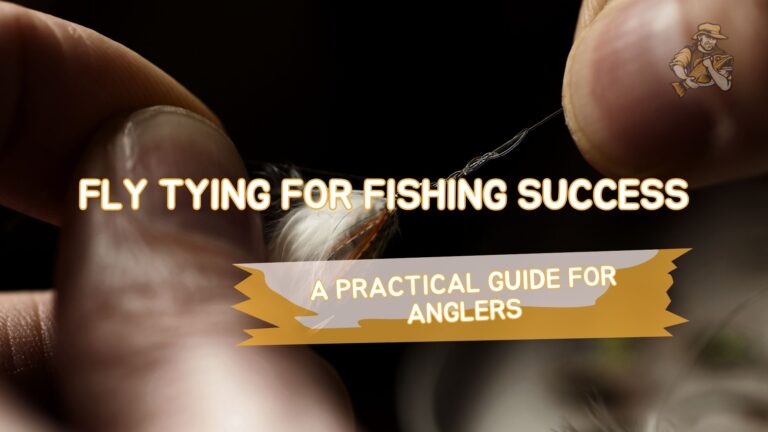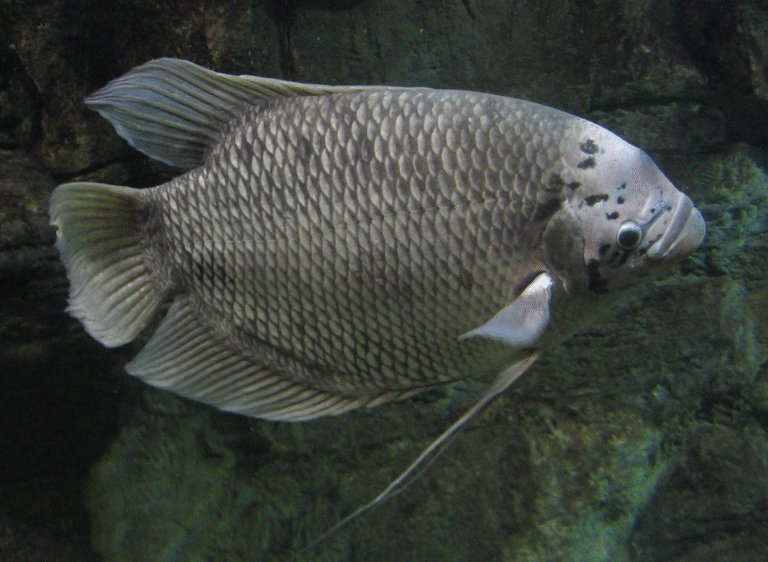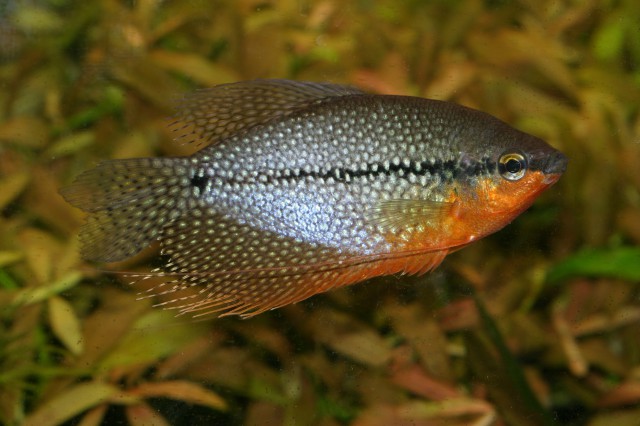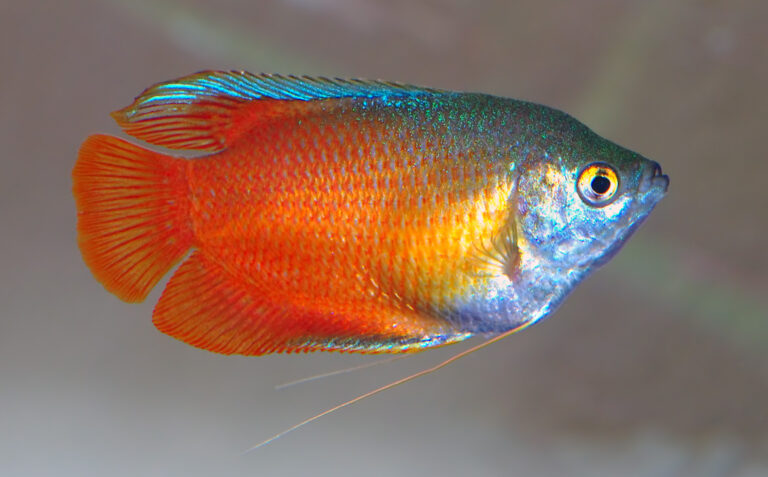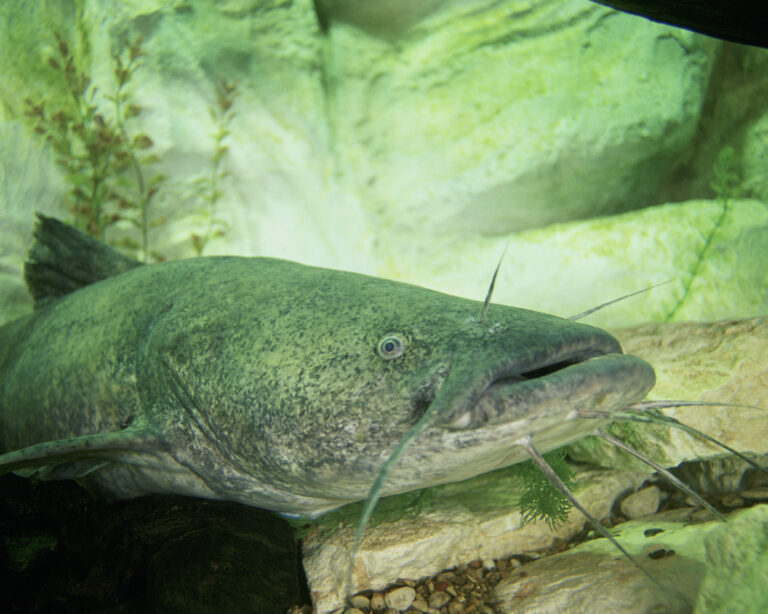How to Set Up a Fishing Pole For Beginners
By Adam Hawthorne | Last Modified: May 6, 2025
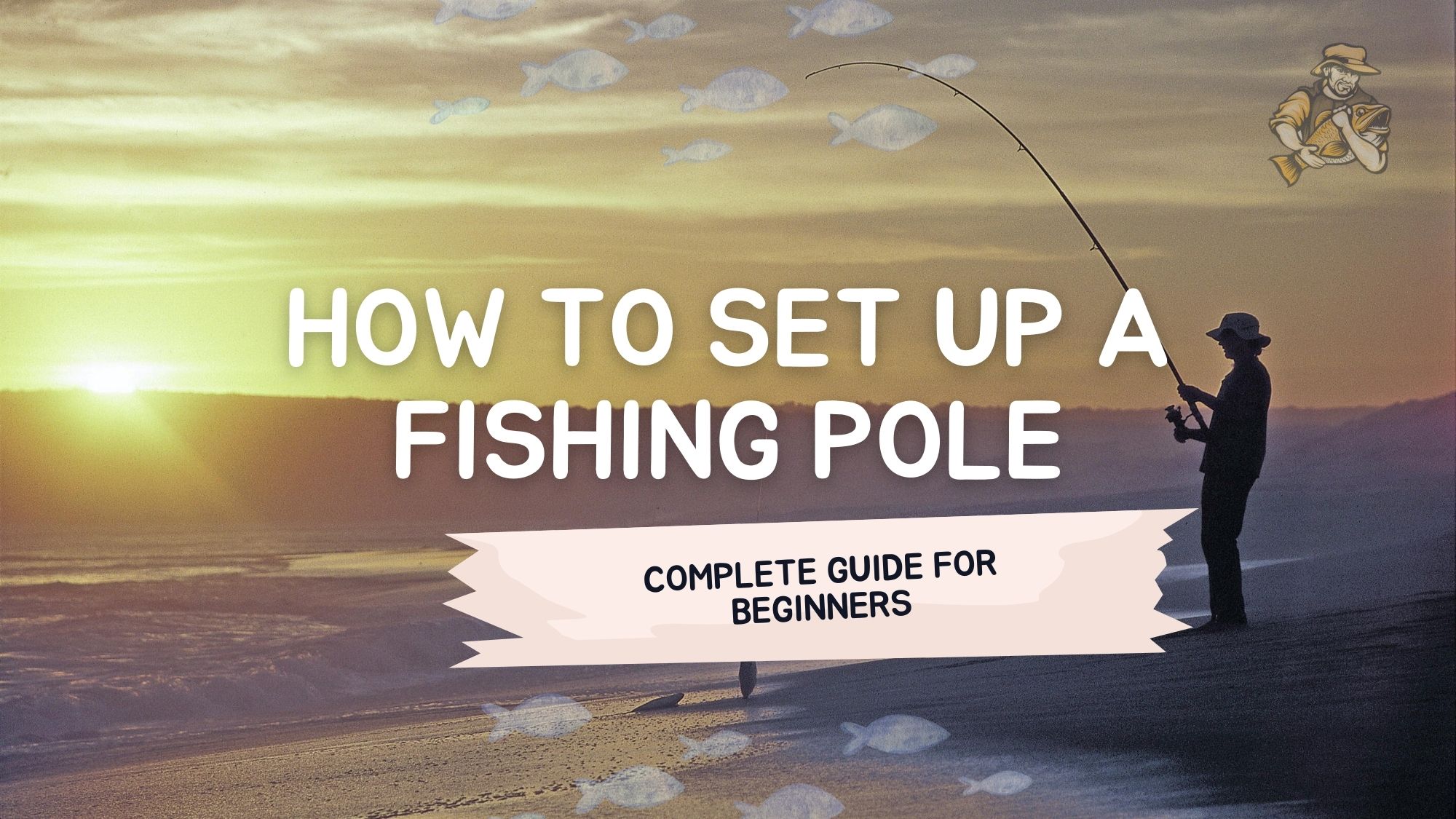
After three decades of teaching friends and family how to fish, I’ve learned that setting up a fishing pole correctly is where most beginners get stuck. It’s the foundation of a successful fishing trip, yet it’s often overlooked in favor of more exciting topics like catching techniques or fish species. Today, I’m breaking down the entire process into manageable steps that will have you ready to cast in no time.
The Essential Steps to Set Up Your Fishing Pole
When I first started fishing with my grandfather on Lake Michigan, he taught me that patience begins with proper setup. Your fishing success depends largely on how well you’ve prepared your equipment before you ever reach the water.
Setting up a fishing pole might seem complicated at first glance, but it’s actually quite straightforward once you understand the components. Whether you’ve just purchased your first rod and reel or you’re looking to improve your setup technique, this guide will walk you through everything you need to know.
Understanding Your Fishing Rod and Reel Components
Before we dive into the setup process, it’s important to familiarize yourself with the basic parts of your fishing pole. This knowledge forms the foundation for proper assembly.
Rod Components
Your fishing rod consists of several key parts:
- Rod blank – The main shaft of the rod
- Handle/grip – Usually made of cork or EVA foam for comfortable handling
- Reel seat – Where the reel attaches to the rod
- Guides – The rings along the rod that direct your fishing line
- Ferrules – On multi-piece rods, these are the connecting points
Reel Components
Depending on your reel type (spinning, baitcasting, or spincast), the components will vary slightly, but most include:
- Body/frame – Houses the internal components
- Spool – Holds the fishing line
- Handle – Used to retrieve line
- Drag system – Controls tension when a fish pulls on your line
- Bail – On spinning reels, this mechanism guides the line onto the spool
I personally started with a spinning reel as a beginner, and I still use them regularly for their versatility and ease of use. If you’re new to fishing, I’d recommend starting with a spinning combo for the simplest setup experience.
Step-by-Step Guide to Setting Up a Spinning Rod and Reel
Let’s break down the process for the most common and beginner-friendly setup: a spinning rod and reel combination.
1. Attach the Reel to the Rod
First, you’ll need to connect your reel to the rod:
- Locate the reel seat on your rod (usually near the handle)
- Loosen the reel seat rings by turning them counterclockwise
- Insert the reel foot (the metal arm extending from the reel) into the reel seat
- Position the reel so it hangs below the rod when you hold it naturally
- Tighten both reel seat rings by turning them clockwise until the reel is firmly secured
I learned the hard way that a loose reel can shift during casting or when fighting a fish. Double-check that your reel is firmly attached before proceeding to the next step.
2. Thread the Line Through the Guides
Once your reel is attached, it’s time to run your fishing line through the rod guides:
- Open the bail arm on your spinning reel (the metal arm that flips up and down)
- If your line is already on the reel, hold the line and run it through each guide starting from the one closest to the reel
- Work your way up the rod, threading through each guide until you reach the tip
Make sure the line passes smoothly through each guide without catching or fraying. Any snags could weaken your line and lead to breaks when you hook a fish.
3. Spooling Your Reel with Line
If you need to add new line to your reel, here’s how to do it properly:
- Place your spool of fishing line on the floor with the label facing up (this helps prevent line twist)
- Open the bail on your reel
- Tie the line to the spool using an arbor knot (wrap the line around the spool, tie an overhand knot, then tie another overhand knot in the tag end and pull tight)
- Close the bail and start reeling slowly while applying light pressure on the line with your fingers
- Fill the spool until it’s about 1/8 inch (3mm) from the rim
One thing I’ve found the hard way is that overfilling your spool leads to frustrating tangles called “bird’s nests.” Trust me, stopping short of the rim saves a lot of headaches later.
According to a study by Berkley Fishing, proper line spooling can increase casting distance by up to 10% and reduce line memory issues by nearly 40%.
4. Attaching Terminal Tackle
With your line threaded, it’s time to attach the business end of your setup:
For a Basic Bobber and Hook Setup:
- Thread a bobber stop onto your line (if using an adjustable bobber)
- Add your bobber
- Tie on a swivel to prevent line twist (optional but recommended)
- Add a small weight or split shot about 6-12 inches above where your hook will be
- Tie on your hook using a reliable fishing knot
Recommended Knots for Hook Attachment:
- Improved Clinch Knot – My go-to for most situations
- Palomar Knot – Great strength and relatively easy to tie
- Uni Knot – Versatile and reliable
The American Sportfishing Association reports that proper knot tying can retain up to 90% of your line’s strength, while poorly tied knots may reduce strength by 50% or more.
Setting Up Different Types of Fishing Rods
While the basic principles remain similar, there are some key differences when setting up various types of fishing equipment.
Baitcasting Rod Setup
Baitcasting reels require a bit more finesse and are generally better suited for more experienced anglers:
- Attach the reel to the rod with the reel foot, ensuring the reel sits on top of the rod
- Thread line through the line guide on the reel
- Spool the line, being careful not to overfill
- Adjust the braking system according to your bait weight and conditions
- Thread the line through the guides and attach your terminal tackle
I didn’t attempt baitcasting until I had several years of spinning reel experience. These reels offer superior casting control but have a steeper learning curve.
Spincast Rod Setup
Also known as push-button reels, these are extremely beginner-friendly:
- Attach the reel to the rod (usually positioned on top)
- Remove the nose cone of the reel
- Tie the line to the spool pin
- Replace the nose cone
- Thread the line through the guides
- Press the button, hold it down, and crank the handle a few times to engage the pickup pin
This was my first type of reel as a child, and while I’ve graduated to more advanced equipment, I still keep a spincast combo for introducing kids to fishing.
Common Setup Mistakes to Avoid
Over my years of fishing, I’ve made (and seen) plenty of setup mistakes. Here are some common pitfalls to watch for:
- Reel positioned incorrectly – On spinning rods, the reel should hang below the rod
- Line twist – Failure to spool properly leads to frustrating tangles
- Incorrect line weight – Using line that’s too heavy or light for your rod’s specifications
- Loose connections – Not tightening the reel seat completely
- Overfilled spool – Creates casting problems and tangles
According to Take Me Fishing, improper setup is responsible for approximately 30% of equipment failures that lead to lost fish.
Matching Your Setup to Your Fishing Environment
The ideal setup varies depending on where and what you’re fishing for. Here’s a quick reference:
Freshwater Lake Fishing
- Medium-light spinning rod (6-7 feet)
- 6-10 lb monofilament line
- Small to medium hooks and jigs
River Fishing
- Medium spinning or baitcasting rod
- 8-12 lb line (fluorocarbon works well in clear water)
- Weights appropriate for current strength
Saltwater Pier or Beach Fishing
- Medium-heavy spinning rod (7-9 feet)
- 15-20 lb test line
- Larger hooks and heavier weights
I learned to adjust my setup through countless trips to different waters. What works perfectly on my local lake might be completely inadequate for coastal fishing.
Maintaining Your Fishing Setup
Once you’ve properly set up your fishing pole, regular maintenance will extend its life and performance:
- Rinse your rod and reel with fresh water after each use, especially after saltwater fishing
- Periodically check guides for cracks or rough spots that might damage your line
- Apply reel oil to moving parts according to manufacturer recommendations
- Store your rod in a rod holder or case
- Replace your line when it shows signs of wear or at least once per season
FAQ: Setting Up a Fishing Pole
How do I know what size fishing line to use?
Check your rod specifications for line weight recommendations. Generally, start with 6-8 lb test for panfish and trout, 8-12 lb for bass, and 15+ lb for larger species or saltwater fishing.
Should I use monofilament, fluorocarbon, or braided line?
Check your rod specifications for line weight recommendations. Generally, start with 6-8 lb test for panfish and trout, 8-12 lb for bass, and 15+ lb for larger species or saltwater fishing.
Should I use monofilament, fluorocarbon, or braided line?
Each has advantages: monofilament is affordable and forgiving for beginners, fluorocarbon is nearly invisible underwater, and braided line offers superior strength. I recommend starting with monofilament while learning.
How do I prevent tangles when setting up my fishing pole?
Avoid overfilling your spool, be mindful of line twist when spooling, and always open the bail before casting to prevent loops and knots.
How often should I replace my fishing line?
For recreational weekend anglers, replace monofilament every season, fluorocarbon every 1-2 seasons, and braided line every 2-3 seasons. Replace sooner if you notice fraying, discoloration, or memory issues.
Can I use the same setup for different types of fishing?
While a medium spinning combo with 8-10 lb line is versatile, you’ll get better results by tailoring your setup to specific situations. According to Field & Stream, using technique-specific gear can increase catch rates by up to 35%.
Ready to Cast?
Setting up a fishing pole properly is one of those fundamental skills that pays dividends throughout your fishing journey. I’ve found that taking those extra few minutes to ensure everything is connected correctly and functioning smoothly makes the difference between a frustrating day and a successful outing.
Remember, fishing should be enjoyable. Don’t let equipment setup intimidate you – with practice, these steps will become second nature. Soon you’ll be helping others set up their gear, passing along these same tips that have served me well for decades on the water.
What fishing setups have worked best for you? I’d love to hear about your experiences and answer any questions in the comments below.

Meet Adam Hawthorne
I’m a lifelong fishing enthusiast who’s spent years exploring rivers, lakes, and oceans with a rod in hand. At Fishing Titan, I share hands-on tips, honest gear reviews, and everything I’ve learned about fish and ocean life, so you can fish smarter and enjoy every cast.
Share:

Meet Adam Hawthorne
I’m a lifelong fishing enthusiast who’s spent years exploring rivers, lakes, and oceans with a rod in hand. At Fishing Titan, I share hands-on tips, honest gear reviews, and everything I’ve learned about fish and ocean life, so you can fish smarter and enjoy every cast.
Related Articles
-
Southern Platyfish
The Southern Platyfish, scientifically known as *Xiphophorus maculatus*, represents one of the most significant freshwater fish species in both wild ecosystems and the global aquarium…
-
Fly Tying for Fishing Success: A Practical Guide for Anglers
There’s something deeply satisfying about catching a fish on a fly you’ve tied with your own hands. I still remember the first rainbow trout I…
-
Giant Gourami
The Giant Gourami (Osphronemus goramy) represents one of the most remarkable freshwater fish species in Southeast Asia, distinguished by its impressive size, complex social behaviors,…
-
Mosquito Fish
The Mosquito Fish (Gambusia affinis) stands as one of North America’s most ecologically significant freshwater species, despite its diminutive size. This small, hardy fish has…
Fish Species
-
Pearl Gourami
The Pearl Gourami stands as one of the most recognizable and ecologically significant members of the labyrinth fish family, captivating aquarists and marine biologists alike…
-
Honey Gourami
The Honey Gourami (*Trichogaster chuna*) stands as one of the most captivating freshwater fish species in the aquarium trade, distinguished by its remarkable color-changing abilities…
-
Flathead Catfish
The Flathead Catfish stands as one of North America’s most formidable freshwater predators, commanding respect from both anglers and aquatic ecologists alike. Known scientifically as…
-
Pelagic Thresher Shark
The Pelagic Thresher Shark stands as one of the ocean’s most distinctive and efficient predators, renowned for its dramatically elongated tail that can exceed half…


